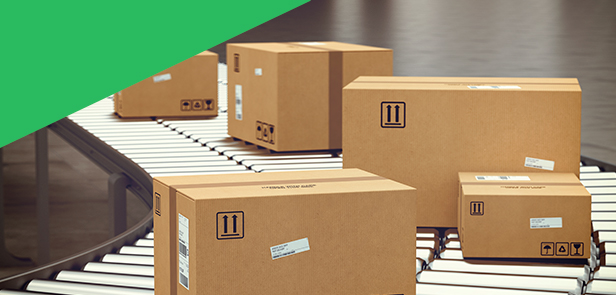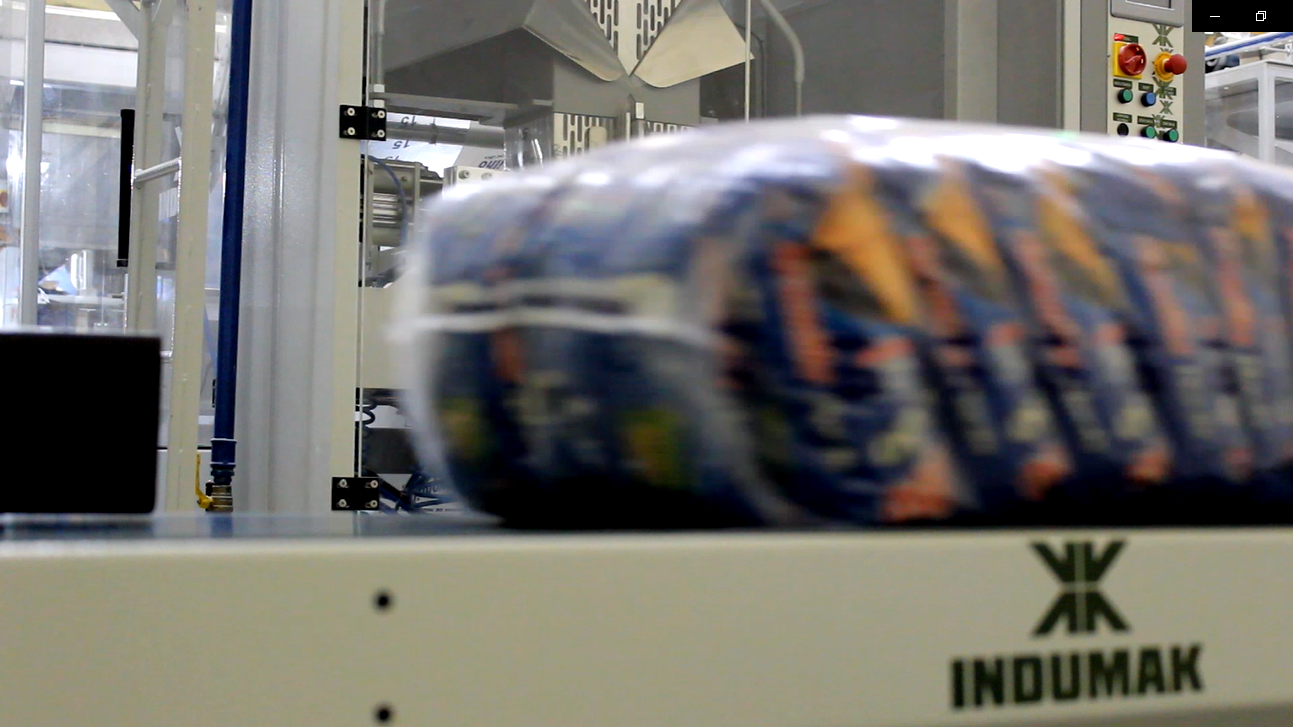
Categoria: Packaging
Bale or box? Know the differences between flexible packaging and cardboard boxes
The quality of a product has a lot to do not only with production processes, but with storage and logistics. After all, the right packaging stores and protects the goods, facilitates transport and distribution, informs and attracts the consumer.
In order to make the correct choice of the type and format of material that will pack, wrap and prepare your product for transport, it is necessary to evaluate the bonuses and burdens of each option available on the market. And when we talk about the unitization of the cargo, that is, the grouping that joins small volumes and transforms it into one, facilitating handling, it is natural that some doubts arise, such as the differences between flexible packaging and cardboard boxes.
If you are trying to choose between baling or boxing and looking to get to know and understand the differences that make one or the other better, this article is for you. Below, you will see the main differences and indications for each of these materials.
Discover the advantages of grouping with flexible films

Bale or Boxing
The term flexible packaging is used to describe a particular variety of plastic packaging. Most of the time, these films are created from the composition of different materials, which are responsible for protecting and enhancing the packaged products.
Flexible packaging can be used to package different types of products from the most varied segments, whether in primary, secondary or tertiary packaging. They have become popular over the years, due to the ease and wide variety of formats available for numerous types of use, enabling modern, simple, inexpensive and less bulky applications.
When applied in the unitization of goods, grouping unit packages of smaller volume, they guarantee much more productive efficiency in the manufacturing process, facilitating handling, protecting the product and optimizing the entire packaging process.
With great acceptance in the market for the lightness and the ability to be molded in various formats, the unitization (grouping) in plastic films allows flexibility and adaptability, both in size and in types of packaging. The flexibility to adjust the size of the bale, according to the needs of its customers, allows to meet the stock requirements of the store or supermarket that will be offering the final product.
These benefits of bundling allow companies to replace much of the use of corrugated cardboard. Although the exchange involves changes in the process and equipment, cost savings are safe.
Discover the advantages that plastic bales offer:
- Ease of purchase and shipping
- Brand features with thermal printer
- Tape application with product information, no need for graphic art on the reel
- Takes up less space (considering raw material / input for the industrial process)
- Enables size adjustments
- It’s easy to open
- It is easy to seal
Boxing: Understand if it’s the best option
The types of packaging made up of paper and cardboard correspond to a very wide group and are used by the most varied segments of the processing industry.
Enabling several molds and formats, this type of packaging requires a lot of storage space and is not very resistant to water. However, polyethylene layers can be applied to increase the box’s resistance to moisture, increasing its protection factor.
The costs of transporting boxed goods, comparing the weight of corrugated cardboard with low density polyethylene, and increasing the space occupied in trucks and containers, are factors that should also be evaluated in the development of packaging.
The advantage that cardboard boxes have over the plastic bale is the mechanical preservation of the packaged contents. When using plastic bale, the product is added to the bale to mechanically resist stacking. When the product is fragile to compaction, it is recommended to use a cardboard box so that the stacking on pallet does not compromise the structure or mechanical composition of the product.
Is it easier to make your choice now? Evaluate and compare the ideal technology for your merchandise, whether it is transported in boxes or bales, and consider the limits of the packaged product, the temperature, the path and the environment it travels to reach the point of sale, ensuring the integrity of the package and the product.
Talk to equipment specialists for product packaging to ensure you have the best solution for your application. Indumak specializes in equipment for the automation of the goods packaging stage. Here we show you how to prepare your company to automate the packaging industry.
Do you want to receive content like this right in your inbox and not miss any more news from Indumak about automatic packaging? Subscribe to our newsletter!







